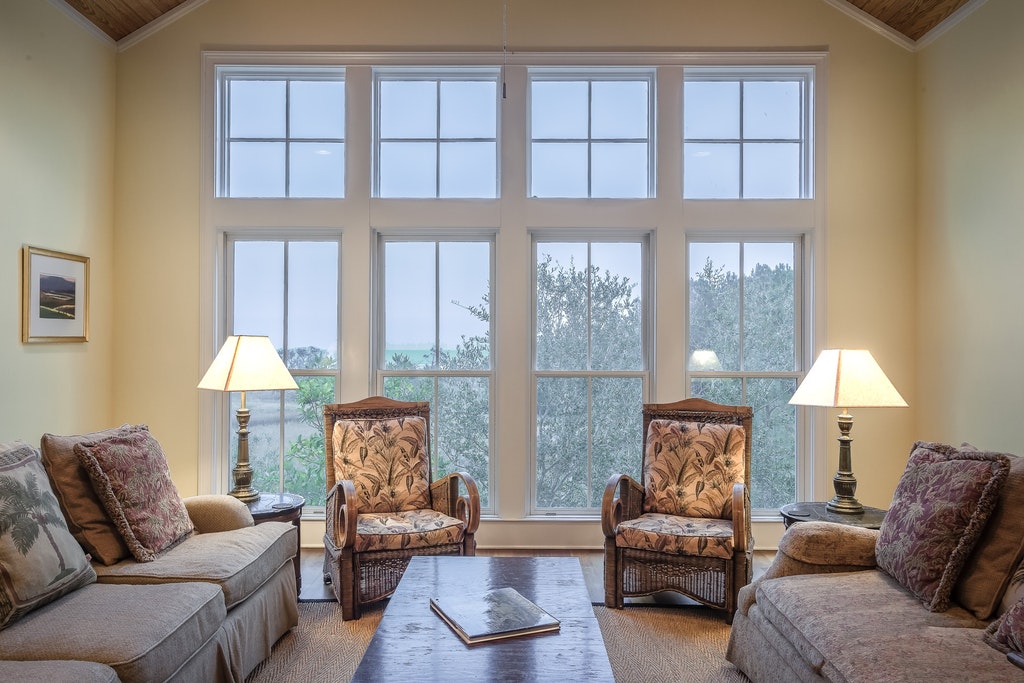Your washing machine is an appliance that plays a key part in your daily routine. The efficiency at which you can wash your clothes can affect your social, workout, and even work-related routine. So, it not working all of a sudden can be a serious problem for any household.
The first thing you need to do in this scenario is to diagnose the problem. Different malfunctions have different levels of difficulty and cost of repairs. This is why just saying that your washing machine is not working doesn’t really reveal much. With that in mind and without further ado, here are four potential reasons why your washing machine is not working.
1. Why won’t it spin?
There are a couple of reasons why your washing machine won’t spin, some of them are completely benign or attributed to your misuse of the device. For instance, it might be too full, the load might be improperly balanced, etc. More likely, however, is that the belt is broken (and needs a replacement) or that the motor is burnt out (something we’ll discuss a bit later on). The key thing to keep in mind is that you might not be able to replace the belt on your own. It’s always better to call a professional.
2. Power plug and breaker
If there’s no power, your washing machine can’t function as intended. It’s that simple. So, how do you fix this issue? Well, you need to start by checking your power plug. Keep in mind that since the washing machine is constantly vibrating, it’s not that uncommon for it to pull the plug from the wall. If your power grid was overloaded recently, chances are that a breaker was flipped. Just locate the breaker box, open it and check if one breaker is flipped in a different direction than the rest. It’s really that simple.
3. Test the door switch
Chances are that the doors aren’t fully closed, which is why the washing machine won’t start working. Does this mean that you failed to close the door? Not necessarily. You might have done everything right but the door switch might have been faulty. In order to test a washer door switch, you would have to remove the two-wire harnesses off the lid switch and then test it with a multimeter. A multimeter is a tool that the majority of households don’t have, which means that hiring a professional is usually the way to go. Alternatively, you could buy and learn how to use a multimeter.
4. Broken washer motor
The reason why the washer motor often gets broken is that it’s a moving part, which makes it wear out over the course of time. In this scenario, a DIY repair would not be effective. In fact, it increases the risk of making things worse and even injuring yourself in the process. According to veteran vendors of Samsung washing machine parts, even if you do acquire the right replacement, you need a professional to handle it. Your best bet is to start by checking if you have an active warranty for your washing machine. These often last for years. Second, check if you can take it to an official service. If not, look for a specialist online.
5. Main control board
Your washing machine is operated by the main control board, which is a sort of a computer of your washing machine. One of the most conclusive symptoms is that there’s no response, regardless of which button you press. Second, even if there’s a response, it all stops a moment or two later. It’s also likely that all the buttons will be blinking and that nothing will happen when you press start. If one or more of these are true in your case, you might be dealing with a bad control board.
6. Faulty start switch or a faulty timer
If you press the start switch and it does nothing, there are a number of reasons why this is the case. The most obvious one is that something’s wrong with the start switch. One of the ways to know that this is the case in which you’ve pressed the button but there’s no power supplied to the washing machine’s motor. A faulty timer is also one of the most common reasons why this happens. This is a replacement that can cost as much as $120 (for a new one).
In conclusion
The last thing you need to understand is the importance of resolving this issue right away. Remember that you don’t have to be the one handling diagnostics. In fact, you can easily entrust this to a trained professional. What you should do is perform brief research on the complexity (and cost) of each of these repairs. Naturally, you’re approaching these issues from a standpoint of a homeowner, which means that you’re primarily concerned with the timing and budgeting of this repair. A bit of research will help you understand this far better.


